- Home
- slideshows
- miscellaneous
- 18 controversies that have plagued Tesla
18 controversies that have plagued Tesla
A tweet about taking Tesla private

The SEC accuses Musk of violating their settlement
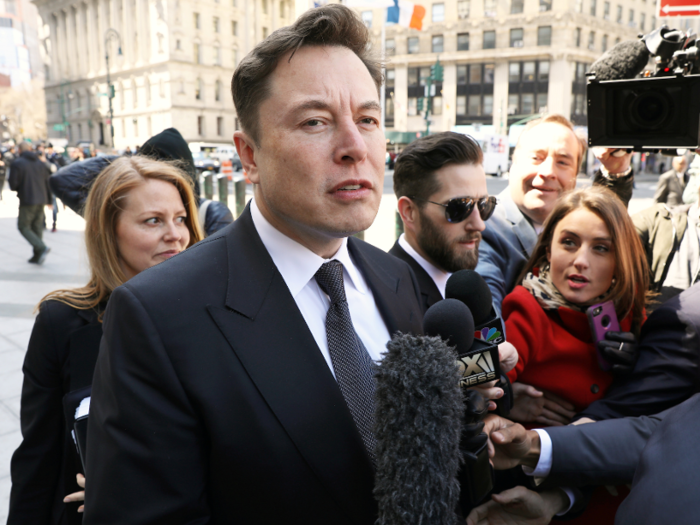
The SEC said in February that Musk had violated the terms of their settlement by not receiving approval from Tesla's legal department before tweeting a prediction about Tesla's 2019 vehicle production.
The agency asked a judge to hold Musk in contempt of the federal court that approved the settlement. Musk and the SEC ultimately revised their agreement to specify the topics that require approval before Musk can tweet about them.
Vehicle fires
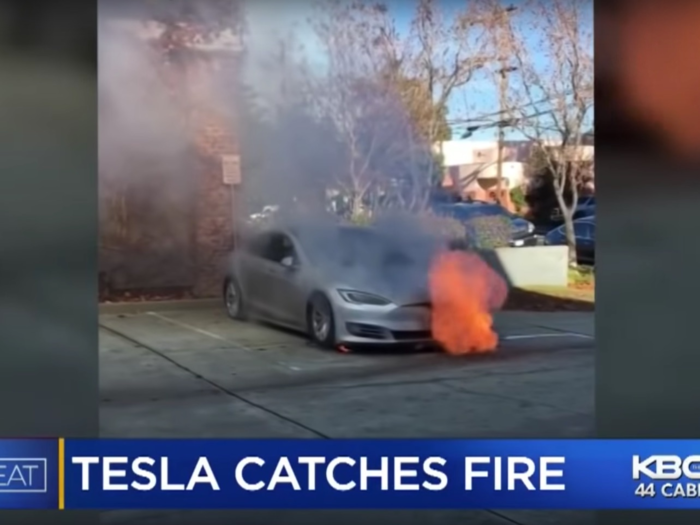
Vehicle fires have become a point of controversy for Tesla because of incidents that have occurred both after collisions and without any visible impact.
Musk has said the company's vehicles are less likely to catch fire than gas-powered ones, but data from the National Fire Protection Association suggests the opposite.
There have been at least 20 reported incidents in which a Tesla has caught fire since 2013. According to The Drive, at least eight Tesla vehicles appear to have caught fire without being involved in an accident.
Fatal Autopilot accidents
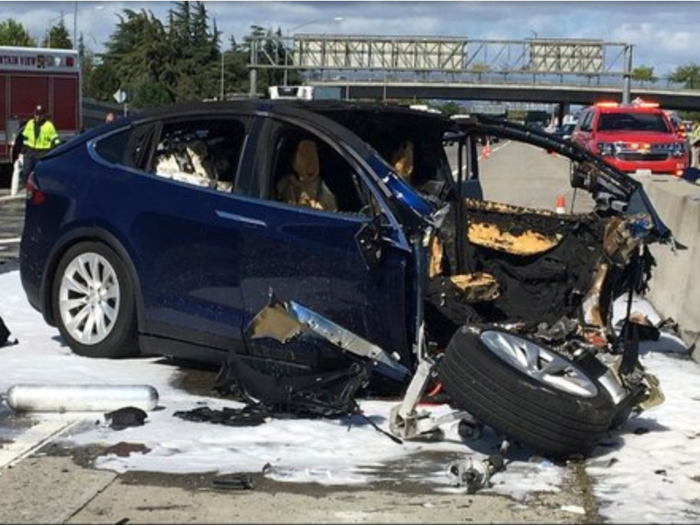
At least four drivers have been killed while using Autopilot, Tesla's semi-autonomous driver-assistance system. The fatal accidents have raised questions about Autopilot's capabilities and how often drivers pay attention to the road when using the system.
Tesla has pointed to the fact that vehicles with Autopilot engaged have lower accident rates than those in which Autopilot is not activated. But Tesla's data does not account for factors, like the environments in which drivers most often use Autopilot, that could also account for some of the difference in accident rates.
Musk ignores Tesla's guidelines when using Autopilot on TV
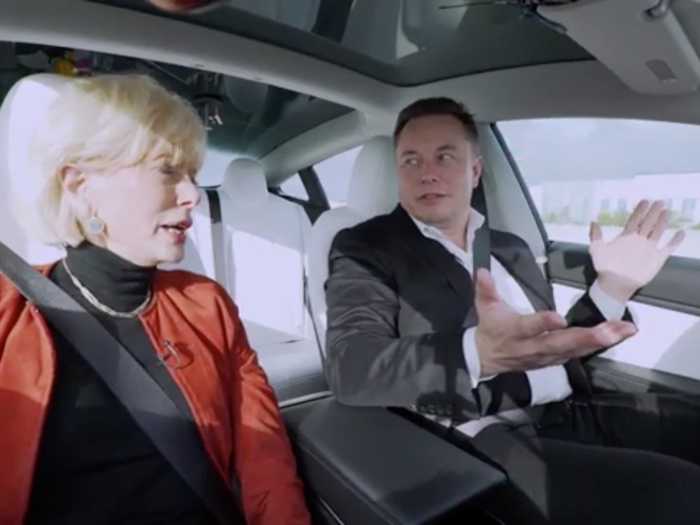
Musk has used Autopilot without his hands on the wheel during multiple television interviews.
The owner's manual for Tesla's Model 3 sedan describes Autopilot's ability to control a vehicle's speed and steering under some circumstances as "a hands-on feature" and instructs owners to keep their hands on the wheel when using it.
"You must keep your hands on the steering wheel at all times," the manual says.
Drivers using Autopilot irresponsibly
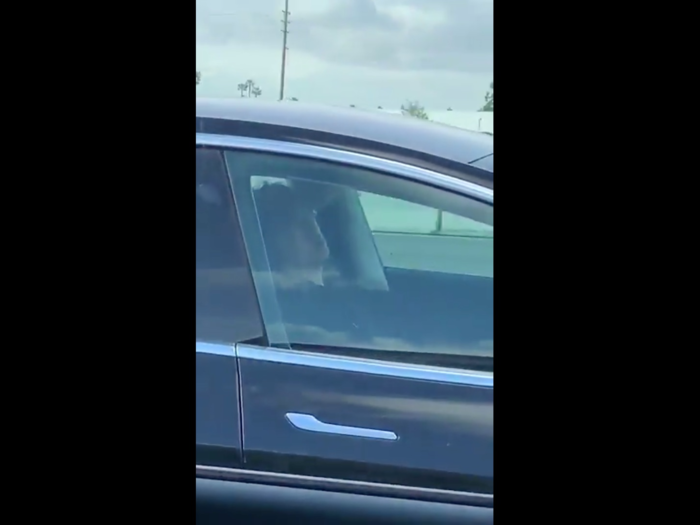
A number of drivers have been filmed using Autopilot without sitting in the driver's seat or while sleeping.
Musk's aggressive deadlines for autonomous-driving tech
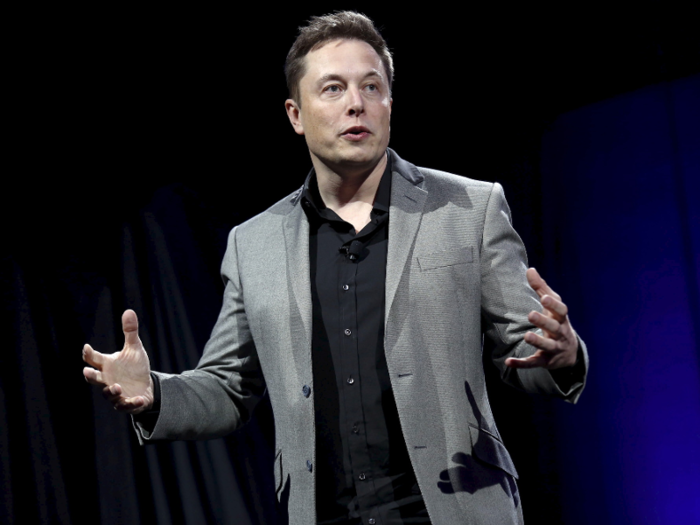
In 2016, Musk said autonomous-driving technology would likely arrive in less than two years. Since then, Tesla has passed multiple deadlines set by Musk to send a self-driving vehicle across the US.
This year, Musk has said Tesla will have the technology necessary for full autonomy ready next year, but will need to receive approval from regulators before it can be sent to the company's vehicles. Experts have cast doubt on that prediction.
Workplace safety concerns
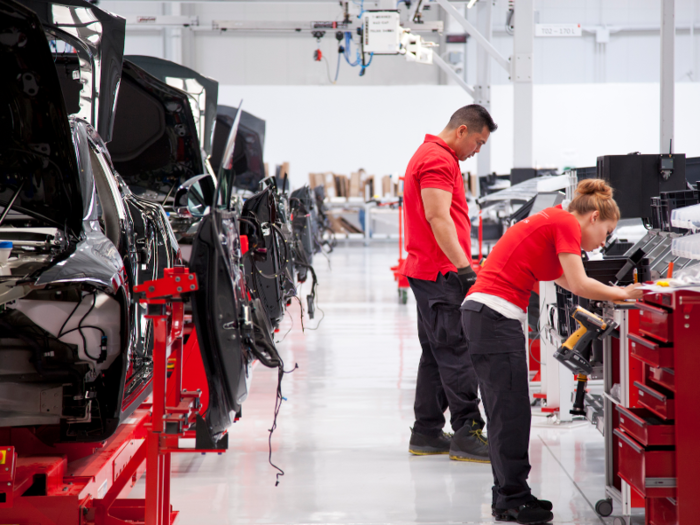
Injury statistics and reports from media outlets have raised questions about worker safety at Tesla's factories, though concerns about workplace safety are not unique to Tesla in the auto industry.
Bloomberg reported in March that workers at Tesla's auto plant in Fremont, California, spent twice as many days away from their jobs due to work-related injuries and illnesses, after adjusting for workforce growth, in 2018 than in 2017, citing a report Tesla filed with the Occupational Safety and Health Administration (OSHA).
Tesla received more citations from OSHA related to vehicle manufacturing than Ford, General Motors, or Fiat Chrysler from 2017 through the end of 2018. And reports from Reveal published in 2018 claimed that Tesla misreported workplace injuries, avoided using safety markings for aesthetic reasons, and failed to give injured employees proper medical care.
Tesla has denied that it has misreported workplace injuries and failed to use safety markings for aesthetic reasons. The company did not respond to requests for comment on the allegation that it failed to give injured employees proper medical treatment.
Quality and reliability issues
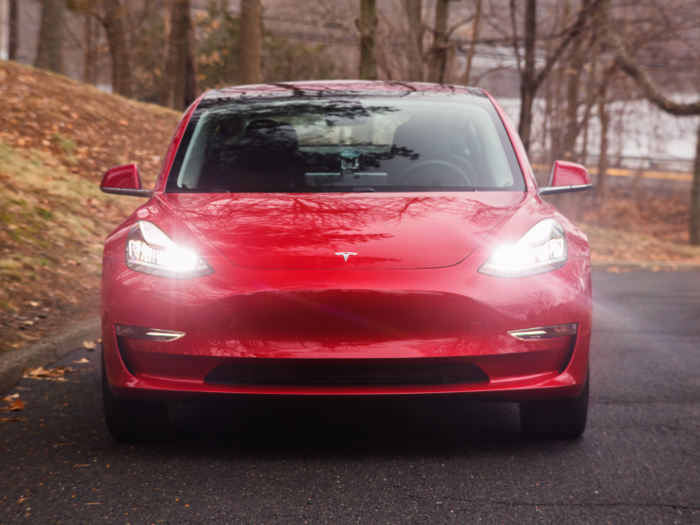
While Tesla's vehicles have received enthusiastic feedback from customers and automotive critics, they have also been subject to reports of poor quality and reliability.
In February, Consumer Reports pulled its recommendation of the Model 3 due to problems with door handles, loose interior trim and molding, paint defects, and cracked windows.
In addition to the Model 3, Consumer Reports does not recommend Tesla's Model S sedan or Model X SUV. It previously recommended the Model S sedan, but the vehicle also lost its recommendation due to reliability issues.
A Tesla representative told Business Insider in February that it had fixed "the vast majority" of the Model 3 issues cited by Consumer Reports subscribers.
Former employees file whistleblower tips with the Securities and Exchange Commission
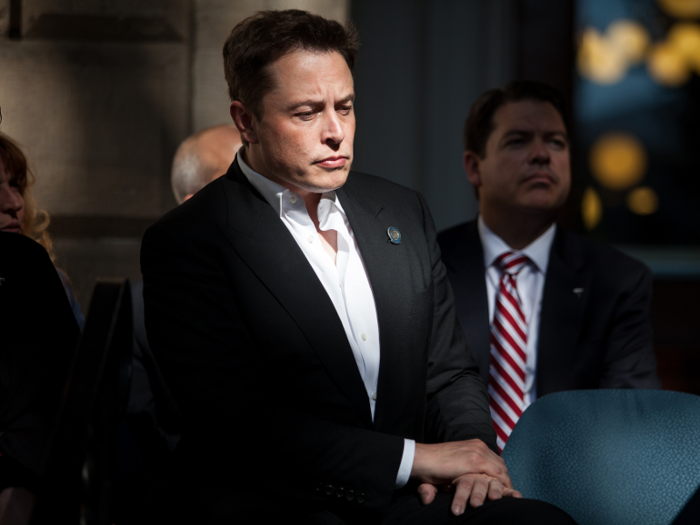
Three former Tesla employees have publicly announced the filing of whistleblower tips with the Securities and Exchange Commission during the past year.
Martin Tripp, a former technician at the company's battery plant in Nevada, filed a tip that alleged that Tesla used batteries with puncture holes in vehicles meant for customers. (Tesla has denied the claim.) Tripp also claimed that the company overreported Model 3 production by up to 44%, according to The Washington Post.
Later in the year, two former security employees, Karl Hansen and Sean Gouthro, claimed that Tesla did not disclose to shareholders the theft of raw materials and the unauthorized surveillance and hacking of employee cellphones and computers at the Nevada factory, according to Meissner Associates, the law firm that represented them.
They also claimed that Tesla did not tell federal authorities about information it received from Hansen about alleged drug trafficking at the factory.
A Tesla representative denied Gouthro's and Hansen's claims.
Musk's Ambien use reportedly worries board members
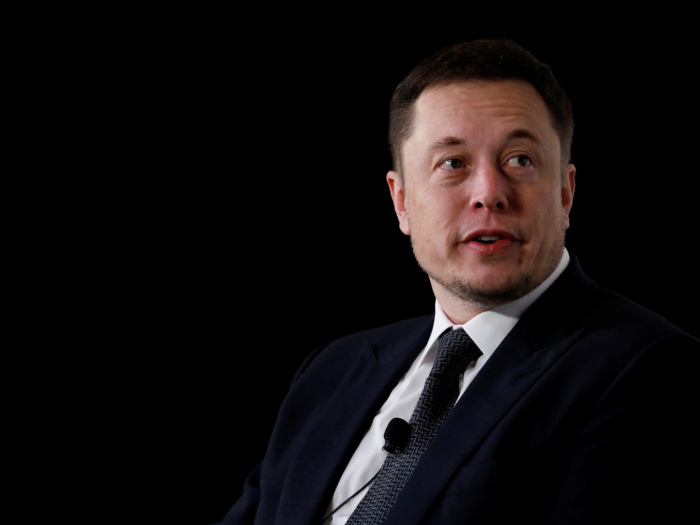
Musk told The New York Times in a August 2018 story that he had used Ambien at times to help him sleep.
"It is often a choice of no sleep or Ambien," Musk said.
The Times reported that some members of Tesla's board of directors were concerned about Musk's Ambien use. The board members reportedly said that on some occasions the drug has helped lead Musk to use Twitter late at night instead of putting him to sleep.
Smoking marijuana on camera
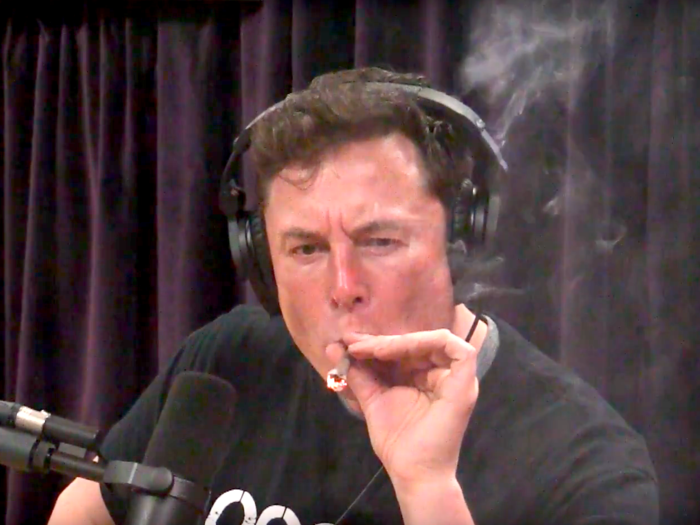
In a September 2018 interview with Joe Rogan, Musk was filmed smoking marijuana. (Recreational use of Marijuana is legal in California, where the interview was filmed.)
Before his interview with Rogan, Musk told The New York Times in August that marijuana hurts one's ability to work.
"Weed is not helpful for productivity. There's a reason for the word 'stoned.' You just sit there like a stone on weed," Musk said.
Musk's shifting predictions about profitability
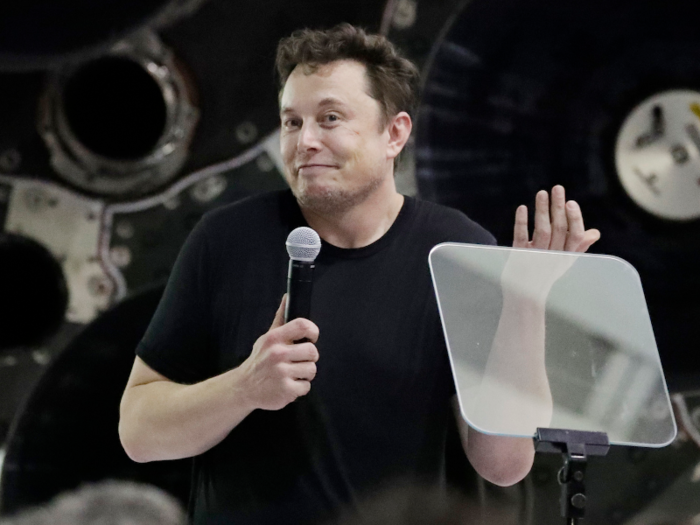
Musk and Tesla have revised their projections about the company's future profitability twice this year.
In January, Musk said he was optimistic that Tesla would be profitable in every quarter going forward. A month later, he said Tesla would likely post a loss during the first quarter before returning to profitability during the second quarter. In its first-quarter earnings letter, released in April, Tesla said it expected to become profitable again during the third quarter.
A strained relationship with Panasonic
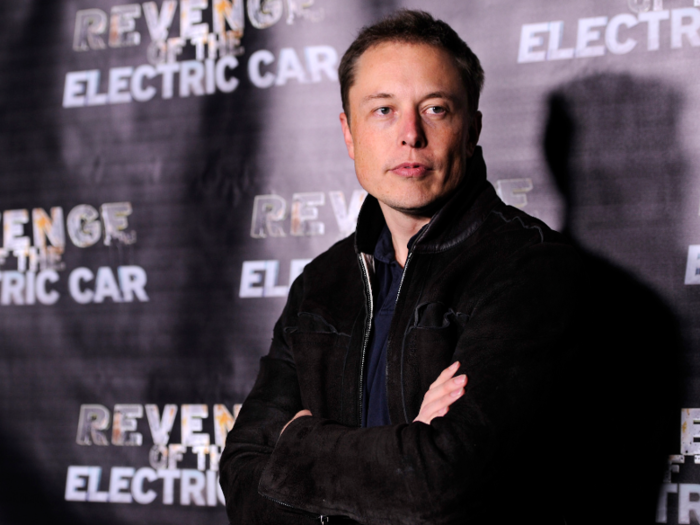
The relationship between Tesla and Panasonic, the battery supplier for Tesla's vehicles, appears to be strained, based on recent comments from each company's CEO. Musk has said the rate of Panasonic's battery production has held back Tesla's ability to make Model 3s. And Panasonic CEO Kazuhiro Tsuga said in May that the company may not make enough battery cells for Tesla in 2020.
According to Bloomberg, Tsuga said Panasonic intended to increase battery-cell production this year before deciding whether it will make further investments.
On Wednesday, CNBC reported that Tesla is attempting to develop its own battery cells and the means to produce them on a large scale. But Tesla is not likely to end its relationship with Panasonic or LG Chem, both of which will supply cells for vehicles produced at Tesla's Shanghai factory, in the near future, according to CNBC.
Long wait times for repairs
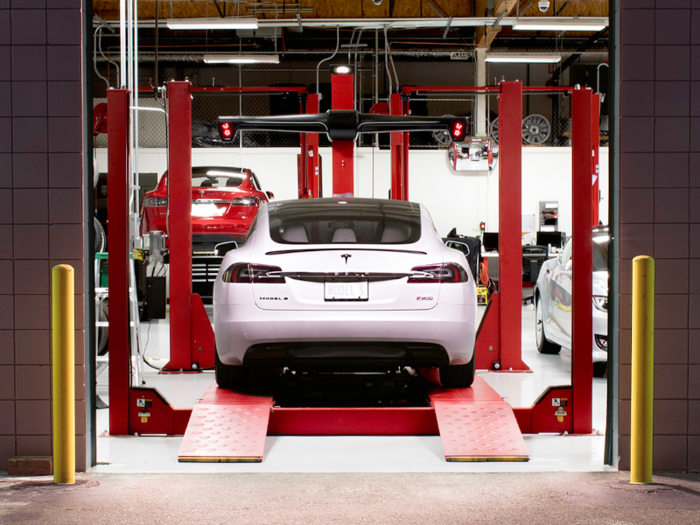
Since the release of the Model 3 in 2017, customers have complained about poor communication from Tesla's service centers and long wait times for repairs. Musk has blamed third-party body shops for some of the issues, but he acknowledged in January that Tesla made a mistake by not keeping spare parts at its service centers. He said at the time that improving service quality in North America was his number-one priority for the first quarter.
Tesla plans to expand its service capabilities this year, and has so far taken steps to improve efficiency, like programming its cars to recognize and report issues and beginning to perform some collision repairs at its service centers and through its mobile service fleet.
Missed production targets lead to a DOJ investigation
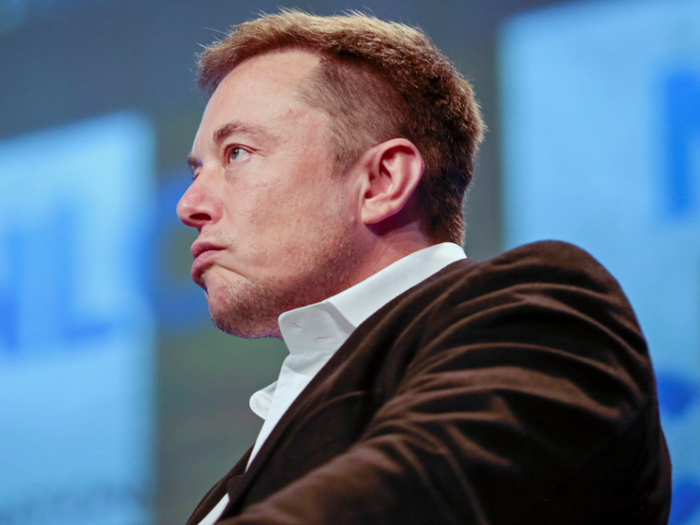
The Wall Street Journal reported in October 2018 that the Department of Justice (DOJ) was investigating whether Tesla misled investors about Model 3 production.
According to The Journal, the DOJ was trying to determine if the company made projections in 2017 about Model 3 production that it knew it would not be able to achieve. While Musk said in July 2017 that it appeared Tesla could make 20,000 Model 3s per month starting in December 2017, Tesla made just 2,685 Model 3 vehicles in 2017. In 2016, Tesla said it would make 500,000 vehicles in 2018, but ended up making 254,530.
"When we started the Model 3 production ramp, we were transparent about how difficult it would be," a Tesla representative told Business Insider. "Ultimately, given difficulties that we did not foresee in this first-of-its-kind production ramp, it took us six months longer than we expected to meet our 5,000 unit per week guidance."
Criticism that Tesla's board of directors is too close to Musk
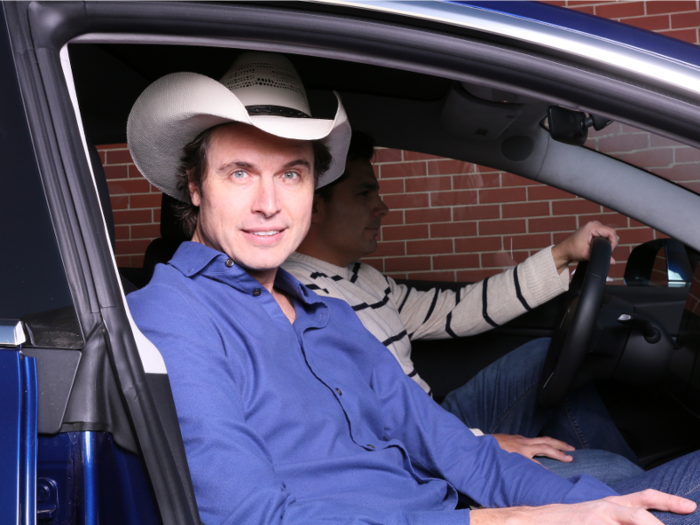
Critics have argued that too many members of Tesla's board of directors have close personal ties to Musk, potentially hampering their ability to evaluate his performance.
While Tesla replaced Musk with a new board chairman and added two new independent directors to the board after the 2018 SEC settlement, the changes may have been too small to produce a significant change, Business Insider's Troy Wolverton wrote in February.
"Tesla's new and revamped board and legal team is no more in control of its CEO than before all the changes," he wrote. "Except for the two directors, the board has the same members as before, with the same smell of cronyism; Musk's brother Kimbal still holds a seat."
A slowing residential-energy business raises questions about a large acquisition
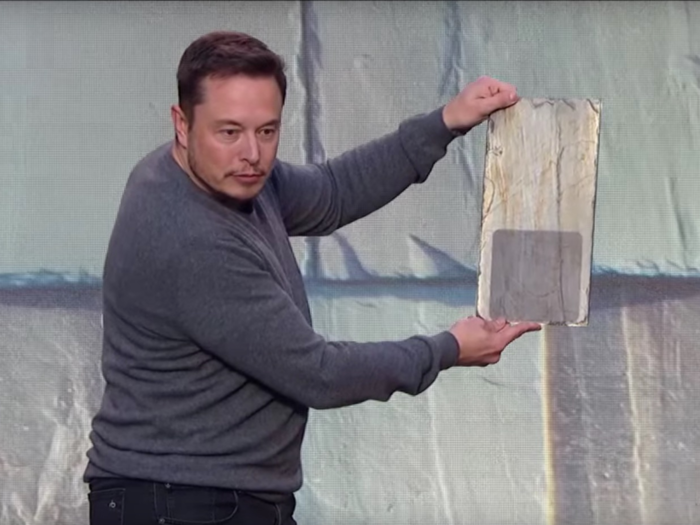
In 2016, Tesla acquired the solar panel company SolarCity for $2.6 billion. At the time, some criticized the move as a bailout of a business operated by two of Musk's cousins, Peter and Lyndon Rive. Musk was the chairman of SolarCity's board of directors before Tesla purchased the company.
Before the acquisition, Musk published an updated version of his "master plan" for Tesla in which he said the company could not achieve its goal of creating and scaling an integrated suite of energy products without buying SolarCity.
Three months later, Tesla unveiled solar roof tiles that Musk said would begin rolling out in 2017. He later pushed that timeline back to early 2018.
But as of May 2018, only 12 Tesla solar roofs were connected to the grid in California, Reuters reported. Solar-panel deployment has dropped significantly since the SolarCity acquisition, though deployment of energy-storage products has increased. The decline in Tesla's solar-panel business has raised questions about the wisdom of the SolarCity acquisition.
Popular Right Now
Popular Keywords
Advertisement